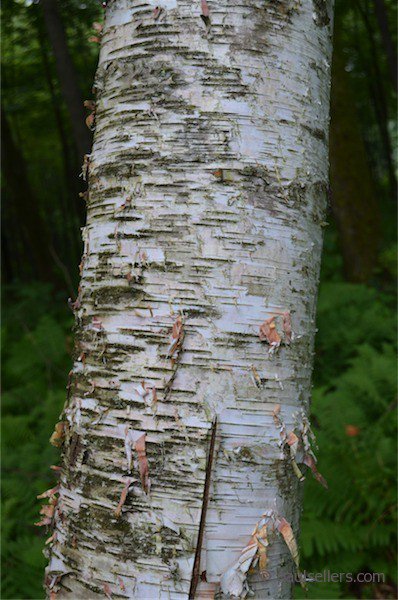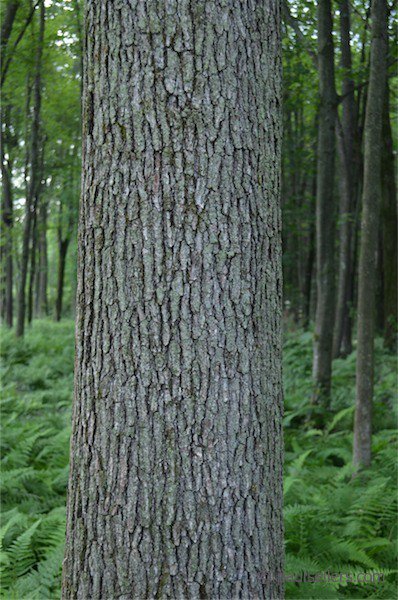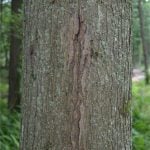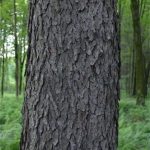Aids to Journalling and Drawing Tree Stems
Identifying trees by their bark
We woodworkers often see the wood only as processed product in the form of planks, beams, billets and boards. That may be enough, but in my work teaching and training i think it’s important to take a more holistic approach to better understand some of the intricacies that make wood such a unique material.
We all know of course that what we see on the outside of a tree stem is bark. This bark is in fact aged and ever-aging bark and its this that protects and contains the vital area just inside the bark that we call the cambium – the layer where all of the actual growth of the tree takes place to increase the circumference and subsequently the height of the tree. The buildup of growth inside the cambium ring proper is no longer growing but past growth work completed and it’s this that remains as the rigid foundation that supports the outer ring of growth in the cambium that gives us the tree stem.

Drawing tree bark has value in helping us discover the differences between species and so too the aforementioned leaf pattern, which helps us determine more exactly those differences that make a tree red or white oak for instance. Owning a good field guide on identifying trees is invaluable as a pocket reference to help make an initial ID possible. These guides always show tree shape, bark texture and colour and leaf shape and colour. Within the species, they help us understand for instance the differences between trees such as beech and copper beech; sycamore and maple, red oak and white oak and so on.
Once we have identified a tree, we can draw features that give more depth to our knowledge than say the tree guide photograph can. This kind of working knowledge gives us a more relational approach to better understand our working of wood as we grow.





The neat thing is it’s not over. I am still fasciated by trees, both inside and outside. The more I draw the more I ‘see’. Drawing is so relational to our work and so doable.